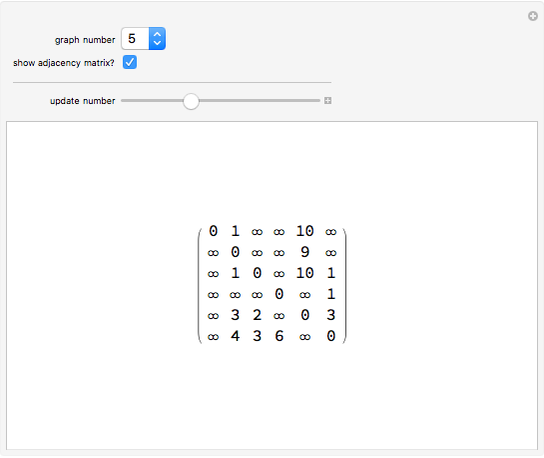
If your solution does not match the answer sheet, then you have made a computational error, which is frequent due to the sheer number of operations needed.įor a particular matrix, I could show you how I would reduce it, but I will let your friend WolframAlpha do the comuputation, since this is faster and safer. It is also always possible to reduce matrices of rank 4 (I assume yours is) to a normal form with the left 4x4 block being the identity, but the rightmost column cannot be reduced further. Jordan-Gauss elimination is convergent, meaning that however you proceed the normal form is unique. Note that since your matrix has rang $4$ the solution is unique. You can now solve the system just by evaluating the single components. Note that since the matrix multiplication is associative one can do any transformation when he wants, for example you could do the same step that i did in the opposite direction and get the same result, but to make it clearer i've wrote every single step. I actually can't figure out how I ever got any further than that.ĮDIT: the very last 2 in the matrix was supposed to be a 10, but this doesnt change my solution thus far and I am still stuck. but that just ended up in a large fraction on the bottom right. I am not sure of a good method for doing 4x5, I tried doing the "forward" elimination to get the 0s under the diagonal.

and the answer in the solution are all small numbers without fractions. The three solvers will be compared for speed and accuracy.I got the diagonal of leading 1s but only by making the bottom right number a large fraction. This algorithim is also written in C and called from Mathematica using MathLink. The Multigrid method was discussed in detail by the author in a previous paper.

This algorithim is an iteration scheme and does not solve the linear system directly as does the first two solvers. The third solver uses the Multigrid algorithim to solve the linear system. This combination combines the speed of C with the ease of use of Mathematica. This band diagonal solving algorithim is written in C and then MathLink is used to call it from Mathematica. The second solver uses the band diagonal property of the coefficient matrix to solve the system. The first solver makes use of the new high speed sparse matrix capabilities of Mathematica 5. The three solvers mentioned above will solve this system in different ways. In this paper we will look at examples where N ≥ 128, so that this system will have at least 16129 equations and unknowns. The elegant and very powerful Mathematica command ListCorrelate is used to construct this matrix. This matrix is band diagonal and very sparse. The size of the coefficient matrix of this linear system is a × a.

The notation u is used to mean the value of the approximate solution at the mesh point (i,j). This descretized system simplifies the problem to solving a linear equations for the a unkowns u. This problem is approximated by a standard finite difference scheme with mesh size h = a where N+1 is the number of mesh points in each direction. This paper will discuss three elliptic partial differential equation (EPDE) solvers for the following linear boundary value problem (BVP): a Sparse Matrix versus Multigrid Solvers for Elliptic PDE's Finance, Statistics & Business Analysisįor the newest resources, visit Wolfram Repositories and Archives ».

Wolfram Knowledgebase Curated computable knowledge powering Wolfram|Alpha. Wolfram Universal Deployment System Instant deployment across cloud, desktop, mobile, and more. Wolfram Data Framework Semantic framework for real-world data.


 0 kommentar(er)
0 kommentar(er)
